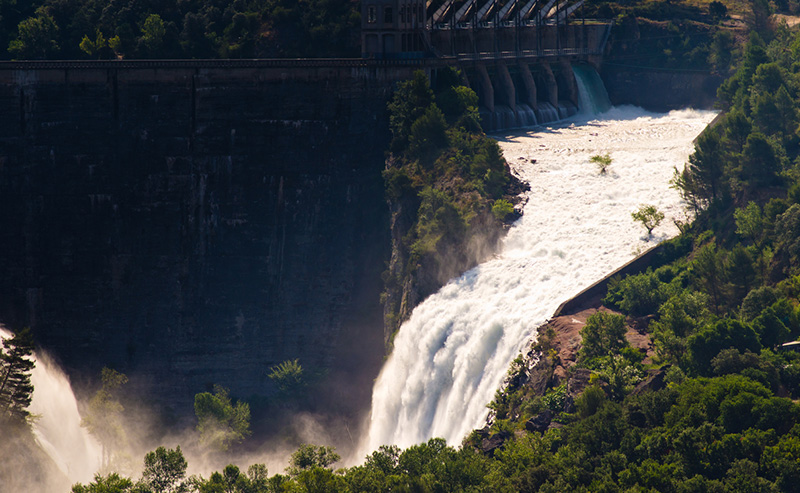If the answer is yes, you need to read this important blog post from BOLDplanning, a leading developer of online software and provider of consultative services for Emergency Operations Planning (EOP), Continuity of Operations Planning (COOP), Business Continuity Planning (BCP) and Hazard Mitigation Planning (HMP).
The Federal Emergency Management Agency (FEMA) and its National Dam Safety Program (NDSP) recently released a new publication entitled Emergency Operations Planning: Dam Incident Planning Guide. The Guide, which builds upon the Comprehensive Preparedness Guide (CPG) 101: Developing and Maintaining Emergency Operations Plans, is intended to help community planners create a plan to respond to dam incidents that take place in, or affect, their communities. It also provides recommendations for dam owners and operators on how to engage with emergency managers prior to an incident in order to ensure a well-coordinated response.
There are now 90,000 dams nationwide, and a high number of them have received less than favorable Dam Safety Action Classification (DSAC) ratings from the U.S. Army Corps of Engineers (USACE). In fact, as of 2016, the federal government said there were approximately 15,000 U.S. dams classified as having high-hazard potential (HHP), meaning that their failure could result in loss of life.
According to FEMA, state and local emergency managers should understand the risk and implications of dam failures, and incorporate dam risk into their HMPs, EOPs, or similar documents. That’s the case even if a dam is located outside their respective communities but would impact them in one way or another during a failure. Such impacts may be minimal, i.e., localized flooding, or major, as in the case of widespread loss of life and property.
To help you along with your own planning endeavors, ask for a copy of the dam owner’s Emergency Action Plan (EAP)—they’re required to have one. EAPs identify potential emergency conditions; include vital inundation maps; and specify pre-planned actions for the dam owner(s) to follow to reduce property damage and loss of life. Also, learn more about the National Dam Safety Program by visiting https://www.fema.gov/national-dam-safety-program.
Such information (and such programs) may prove invaluable to your jurisdiction, as well as others, in the years ahead.






